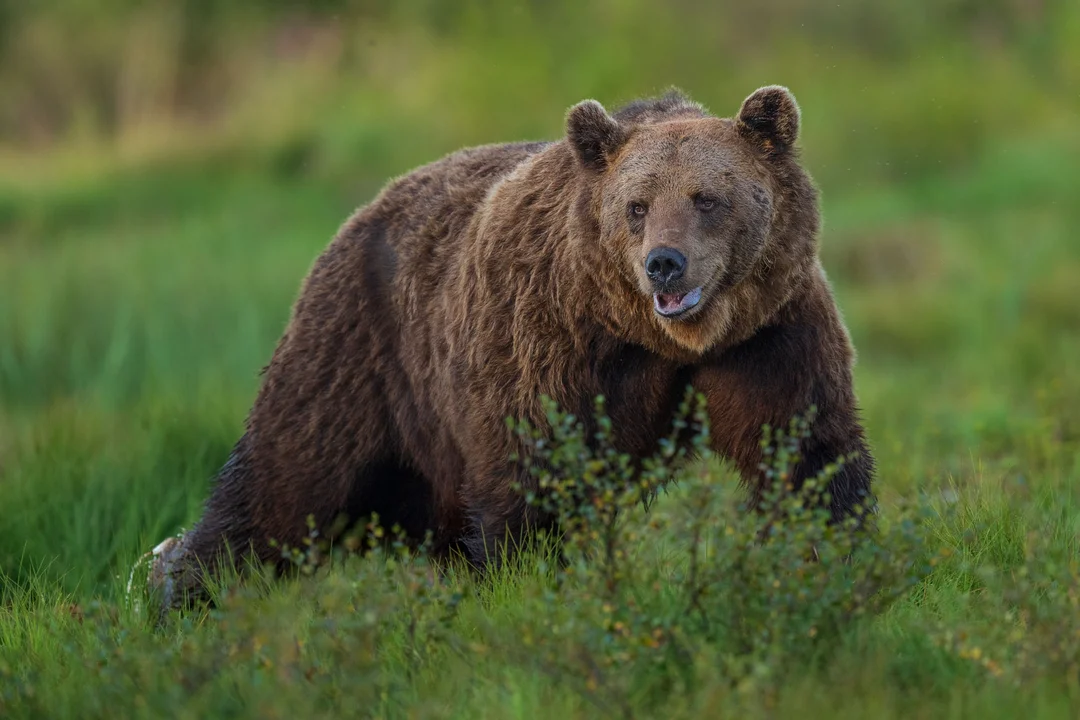
Living With Legends: How Europe’s Big Carnivores Are Returning And Shaping The Future
Europe is witnessing a remarkable phenomenon: the return of its once-vanished big carnivores. Brown bears, wolves, wolverines, and lynx, absent for generations, are now reclaiming landscapes from Spain to Scandinavia. This dramatic resurgence is both a conservation triumph and a major societal challenge, sparking heated debates about coexistence and the future of Europe's wild spaces.
Decades of diligent work—driven by conservation laws like the Bern Convention and the Habitats Directive—gave threatened species the legal breathing room they needed. Few experts in the 1980s, as Professor John Linnell notes, could have envisioned wolf packs roaming the Netherlands or Denmark, yet this is Europe's new reality. For many, these predators signal hope and wildness reborn. For others, chiefly rural communities and farmers, their return reawakens ancient fears and real economic threats, such as livestock predation.

These large carnivores rarely make themselves seen, but their presence changes rural dynamics almost overnight. Debates are flaring across Europe—not just over the practical difficulties of protecting sheep and cattle, but over the very role of nature in a human-dominated landscape. As Linnell's "Co-creating Coexistence" project highlights, the issue is less about calculating conflict rates and more about forging understanding between local communities, policymakers, and conservationists. True coexistence, he argues, is not a recipe to be followed but a shared process, built through dialogue, respect, and compromise.
Recent policy shifts underscore the complexity. In March, the Council of Europe downgraded the wolf's status from "strictly protected" to merely "protected," offering countries more leeway—but also prompting controversy. This could, for instance, allow targeted removal of problem wolves, or broader population management like other game species. Supporters see it as overdue support for farmers; critics warn of setbacks for wildlife recovery. Either way, it presses nations to find sustainable, fair ways to balance ecological gains with rural livelihoods.

The path ahead will not be straightforward. As Professor Linnell’s team works with 18 partner institutions across 12 countries, they amplify the voices of those living closest to the wild's edge. Their goal: to design bottom-up coexistence models that respect both scientific rigor and the lived realities of rural Europe. As the continent pivots from emergency rescue to long-term coexistence, every stakeholder—human and animal alike—will shape the story.
Europe’s carnivore comeback forces us to ask: how do we live with conservation success, not just prevent extinction? The answers may redefine our landscapes, our policies, and our relationship with the wild in inspiring new ways.
What are your thoughts on sharing space with formidable neighbors like wolves and bears? Leave a comment below to join the conversation and share your vision for wild Europe’s future.